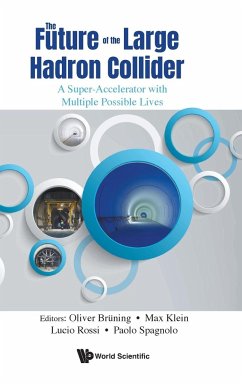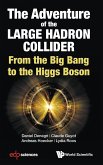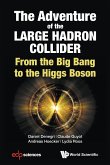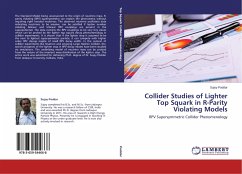The Large Hadron Collider (LHC) is the highest energy collider ever built. It resides near Geneva in a tunnel 3.8m wide, with a circumference of 26.7km, which was excavated in 1983-1988 to initially house the electron-positron collider LEP. The LHC was approved in 1995, and it took until 2010 for reliable operation. By now, a larger set of larger integrated luminosities have been accumulated for physics analyses in the four collider experiments: ATLAS, CMS, LHCb and ALICE. The LHC operates with an extended cryogenic plant, using a multi-stage injection system comprising the PS and SPS accelerators (still in use for particle physics experiments at lower energies). The beams are guided by 1232 superconducting high field dipole magnets. Intense works are underway in preparation of the High Luminosity LHC, aimed at upgrading the LHC and detectors for collecting ten times more luminosity, and extending the collider life to the early 2040's. So far, the (HL-)LHC project represents a cumulation of around one hundred thousand person-years of innovative work by technicians, engineers, and physicists from all over the world; probably the largest scientific effort ever in the history of humanity. The book is driven by the realisation of the unique value of this accelerator complex and by the recognition of the status of high energy physics, described by a Standard Model - which still leaves too many questions unanswered to be the appropriate theory of elementary particles and their interactions. Following the Introduction are: three chapters which focus on the initial decade of operation, leading to the celebrated discovery of the Higgs Boson, on the techniques and physics of the luminosity upgrade, and finally on major options - of using the LHC in a concurrent, power economic, electron-hadron scattering mode, when upgraded to higher energies or eventually as an injector for the next big machine. The various technical and physics chapters, provided by 61 authors, characterise the fascinating opportunities the LHC offers for the next two decades ahead (possibly longer), with the goal to substantially advance our understanding of nature.








